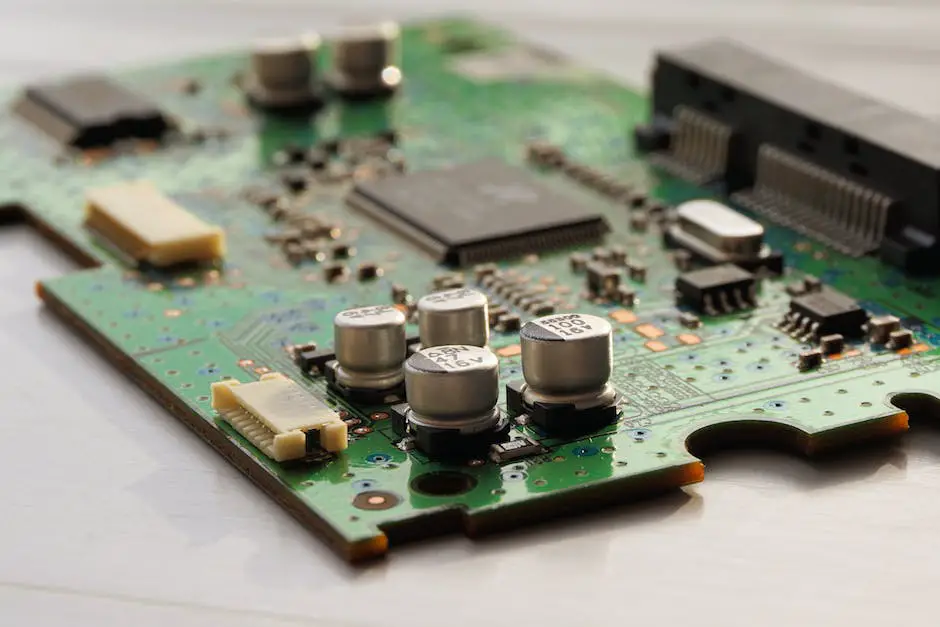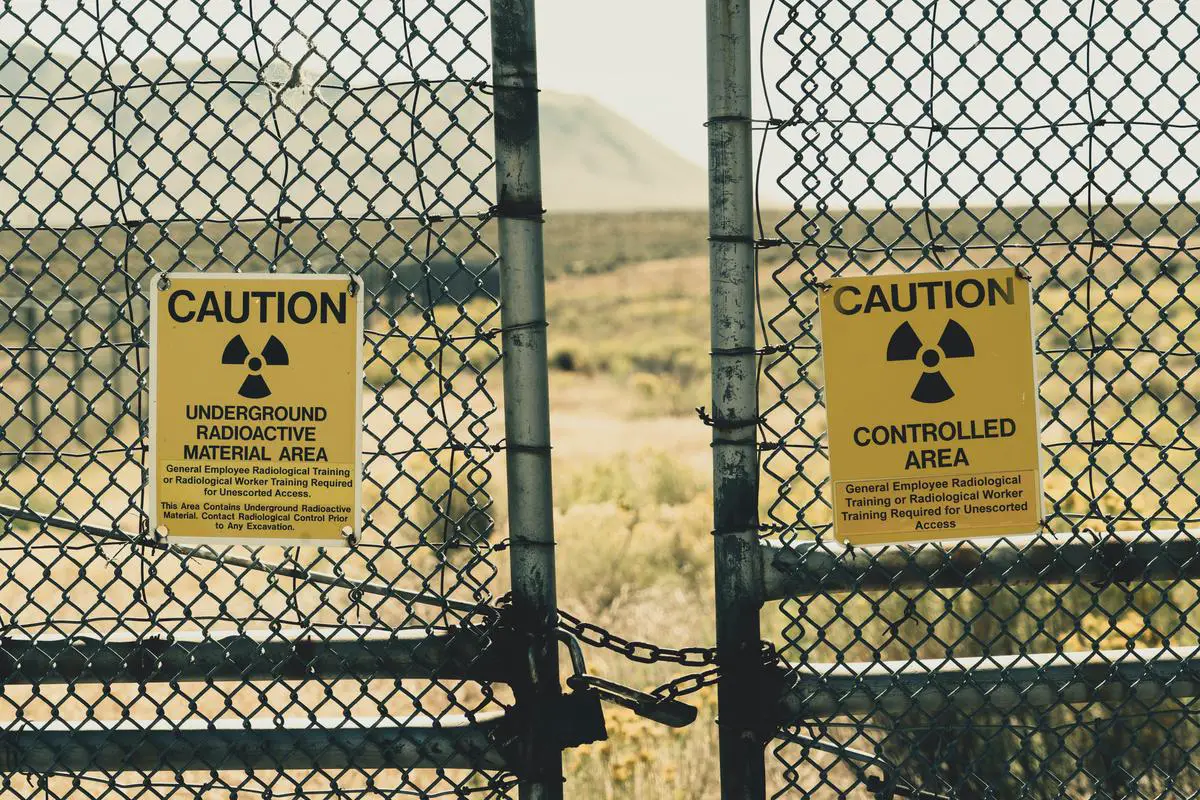Information security has become an absolute necessity in today’s technologically advanced world, where the protection and proper handling of sensitive data hold paramount importance. Esteemed organizations like the Department of Defense (DoD) enforce stringent regulations to ensure data security, one of which is the DoD Delete mechanism. This document seeks to shed light on what DoD Delete is, the pivotal role it plays in maintaining information security within the Department of Defense, and why it’s instrumental in safeguarding classified information. Further, we delve into how this mechanism is implemented, focusing on the standard procedures and techniques employed to enforce it effectively.
Understanding DoD Delete
Technology is ever-evolving. Each day, we wake up to innovative methods and smart tools that simplify our tasks and enhance security. One such technological marvel is DoD Delete. But what exactly is it?
To put it simply, DoD (Department of Defense) Delete is a stringent data deletion standard implemented by the U.S. Department of Defense. Officially known as DoD 5220.22-M, it is a software-based data sanitization method established to prevent the recovery of sensitive information from an electronic device.
The DoD Delete standard zooms in on overwriting the addressable locations of a data storage device. In the tech world, this is called a “three-pass” procedure. During the first pass, data is overwritten with binary zeroes. The second pass overwrites the data with binary ones and, finally, the third pass overwrites the exiting data with random binary zeroes and ones.
What’s truly revolutionary about the standard is that it renders data unrecoverable. It wipes out sensitive information with a level of security that reassures users. Once the procedure is completed, the data cannot be retrieved, making it the ultimate solution for those in need of secure data erasure.
Many people consider DoD Delete outdated due to the fact that the technology is a method from the yesteryears; however, it’s still prevalent—partly because of the high security it offers and also due to its implementation, which is not nearly as complex as other medium to high-level overwriting methods.
Several professional data destruction tools—both free and commercial—support the DoD 5220.22-M standard. When using these tools, users should follow the application’s instructions carefully to ensure that the deletion process is carried out correctly.
Here’s a crucial takeaway: the DoD method doesn’t provide a foolproof guarantee of permanent data erasure on SSDs. Since SSDs use a different method of storing data, the access and deletion process is more intricate and often beyond the scope of the DoD method. If you’re dealing with SSDs, a best approach is to use the built-in secure erase commands.
DoD Delete, thus, continues to be a valuable tool in the world of data security. It offers users an efficient, reliable and secure way of wiping off sensitive data from hard drives. A lingering titan in the data sanitizing industry, the DoD delete method combines the old-school methods with modern-day needs, upholding an admirable balance of simplicity and security.

Implementation of DoD Delete
While DoD Delete has been explained thoroughly up until this point, it’s crucial to zoom in a bit further, explicating the actual mechanism that the Department of Defense’s 5220.22-M data sanitization method uses to obliterate data beyond recovery. So, let’s get right into how DoD Delete functions at a more granular level.
First things first, DoD 5220.22-M, known as DoD Delete in action, doesn’t merely delete data, but overwrites it. The goal here is complete data sanitization – eliminating any margin of data retrieval post deletion. To be more specific about the mechanics, it can be divided into four stages.
- The first pass overwrites all the addressable locations with binary ‘zeros.’
- The second pass overwrites everything with binary ‘ones’ (or vice versa, depending on the method used). It then completes an independent verification by the hardware or software to make sure all data was overwritten securely.
- Following this, the third pass overwrites everything yet again, this time with a random character. It then verifies the overwrite again, but crucially, logs the chosen character and the verification results. You might wonder why random characters? The charm of randomization is its unpredictability, which offers an extra shield of security, making it harder for any illicit data recovery efforts to succeed.
Worth noting here is the limitation of the method when dealing with modern storage technologies, such as Solid State Drives (SSDs). As mentioned previously, secure erase commands are recommended for SSDs rather than DoD Delete, primarily due to how SSDs manage data.
The final step in the process isn’t just about ensuring data is irrecoverable but also involves a meticulous documentation process. It’s less about the technology and more about administrative rigor. A successful data sanitization method like DoD Delete doesn’t simply wipe data clean; it verifies, logs, and ensures a proper audit trail showing that every addressable location has, in fact, been overwritten. This record-keeping is a crucial process in data security, providing tangible evidence that the deletion was carried out as per standard.
In the realm of data security, DoD Delete, based on DoD 5220.22-M, is a reliable tool despite its age. By being easy to implement and providing a seemingly impenetrable barrier against data recovery, it stays relevant even in the face of advanced technologies and trends. It’s indeed a testament that function and reliability always withstand the test of time in the technology world. However, it’s also a reminder to all tech enthusiasts that with every new piece of technology we adopt, considering targeted data security methods becomes even more imperative.

Photo by morganhousel on Unsplash
Impact and Consequences of DoD Delete
Following on these outlined areas, it’s essential to delve into the implications surrounding nonadherence to the DoD delete. Below are direct considerations on its impact and consequences.
- Potential Data Breaches: The primary concern when disregarding DoD delete procedures lies in the realm of data security. Without following this rigorous deletion process, residual data could be left behind, exposing sensitive or classified details to potential data recovery. This pitfall precipitates cybersecurity threats such as data breaches and identity thefts.
- Non-compliance with Legal Requirements: In some industries such as healthcare and finance, data destruction compliances are mandated by law. Wherein, the DoD 5220.22-M standard is considered a general rule of thumb for secure disposal of sensitive information. Failing to comply could lead to legal penalties and a tarnished reputation.
- Environmental Impact: Non-adherence to computer hardware disposal procedures like DoD delete impacts the environment significantly. When devices aren’t adequately sanitized, they cannot be effectively repurposed or recycled, leading to e-waste build-up, which poses a significant environmental threat.
- Inadequate IT Asset Disposition (ITAD): Proper ITAD revolves around complete data destruction, for which adherence to protocols such as the DoD delete is crucial. Non-compliance could result in data leaks from ostensibly wiped devices, resulting in financial loss, compromised intellectual property, and potential legal penalties.
- Inefficient Use of Resources: Not implementing the DoD delete can lead to an inefficient use of resources. In the absence of a uniform deletion method, time and effort invested in manual deletions could be significant. Moreover, the sanction of expert intervention for data recovery from improperly formatted devices could inflate costs.
- Risk of Proprietary Information Exposure: Without implementing the DoD delete, businesses and defense establishments could face the risk of improperly deleted proprietary information falling into the wrong hands. Such exposure could lead to significant strategic, financial, and reputational damage.
- Compromising National Security: For governmental defense units, not following the DoD Delete could compromise national security. Should sensitive military or intelligence data be recovered, it could become a weapon in the hands of adversaries.
In conclusion, the failure to employ the DoD delete method exposes organizations to a myriad of negative impacts. As such, regardless of its limitations and the advent of newer technologies, it remains a vital protocol in the toolbox of data security procedures. For those considering a lax approach to its implementation, assessing these consequences provides crucial pause for thought.

On that note, understanding the implications of non-compliance or incorrect administration of the DoD delete standards is crucial. Not adhering to these mandated standards considerably compromises the information security within the Department of Defense. It can expose classified data to unforeseeable risks, hence, compromising national security. Therefore, correct implementation and adherence to DoD Delete cannot be overemphasized, underpinning the importance of promoting a proactive culture of information security within the Department of Defense.

Tomas is a retired Chevy Auto Technician that brings decades of hands-on experience and expertise to the table. He’s also a father to two incredible daughters. He enjoys using his knowledge and experience to help you solve and find reliable information on Chevrolet vehicles. Whether it’s troubleshooting engine problems or providing tips for maintenance, Thomas is committed to helping Chevy owners keep their vehicles running smoothly and safely.




